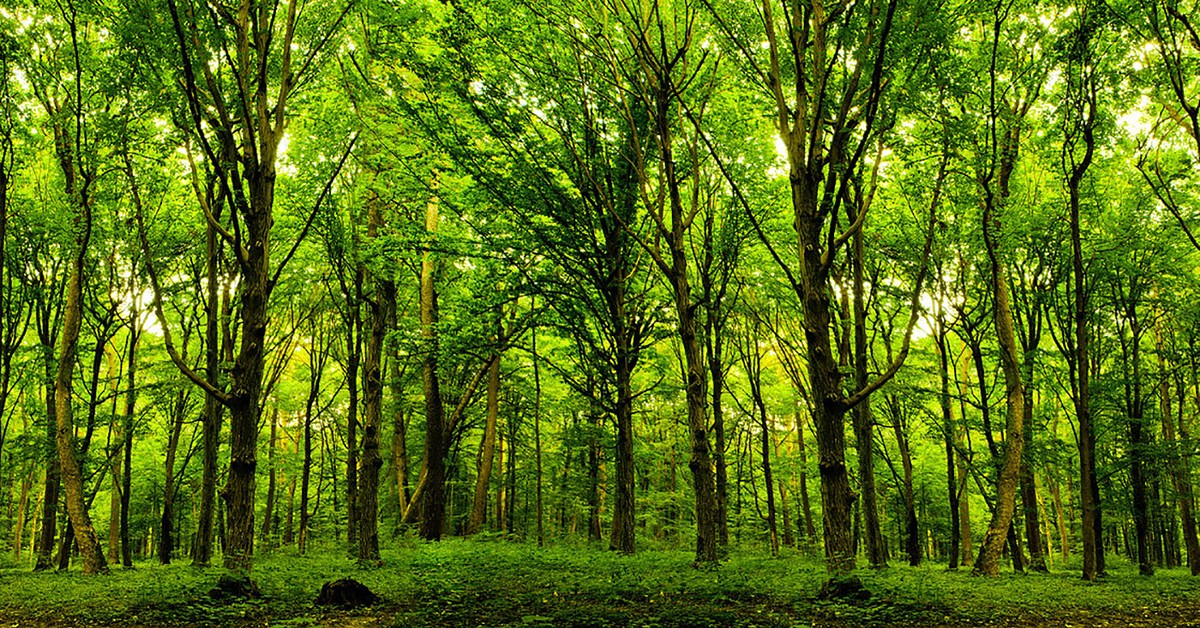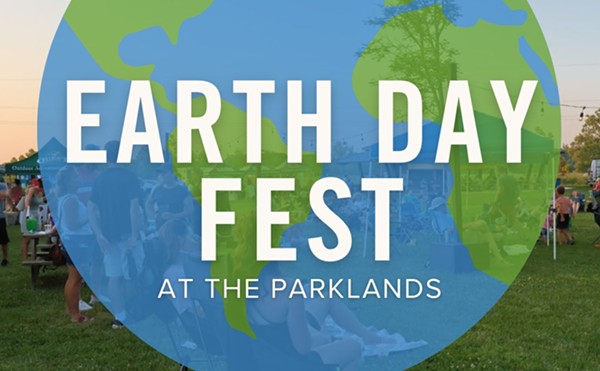When I ran for office in 2014 and knocked on thousands of doors, I heard a lot about trees. Residents told me that trees were one of the real attractions of their neighborhoods and worried about a declining tree canopy.
You don’t have to be a scientist to know the value of urban trees. They uplift our spirits, connect us with our past, soften hard surfaces and provide inviting spaces for us to connect with one another. They make communities more livable.
Scientists know that trees do much more. They help with air quality, act as natural water filters and slow the movement of storm water. Trees absorb sound waves and reduce urban noise. They cool the air and reduce the deadly urban heat-island effect. And they make us healthier in other ways too — studies have found a correlation between a community’s trees and the average amount of physical activity exerted by neighborhood residents. People are more inclined to get outdoors and exercise when their surroundings are greener. They are healthier for doing so and they are connecting with other residents. Research shows there is less violence in urban neighborhoods with trees.
There is money in trees, too. They make business areas more attractive and increase home values. And areas with trees are more attractive places to work.
In 2015, we received confirmation of what those residents told me at their doors in 2014 — we are losing trees in Louisville. The Louisville Urban Tree Canopy Assessment found that there was 37 percent canopy coverage overall in Louisville Metro as of 2012, a 3 percent loss from 2004 to 2012. An average of 54,000 trees per year were lost over that eight year period.
Louisville has no comprehensive public tree ordinance. Passing such an ordinance was the No. 1 recommendation in the tree canopy assessment. After a lengthy review of ordinances in dozens of other cities, including several in Kentucky, it was also the final recommendation of the now-disbanded Louisville Metro Tree Advisory Commission.
Last week, Councilwoman Cheri Bryant Hamilton and I introduced a public tree ordinance, which will be considered by the Metro Council early next year. The ordinance covers public trees, which includes trees located on Metro government-owned or controlled land, or in public rights-of-way areas (sometimes known as street trees), except for parks and parkways under the jurisdiction of Louisville Metro Parks.
It consolidates Louisville’s tree efforts into the Metro Division of Community Forestry, to provide oversight and comprehensive coordination for tree and forestation issues. Among other things, the Division will create a management plan to outline goals and concerns regarding trees, tree canopy and forestation.
A new Louisville Metro Tree Advisory Committee — appointed by the Mayor and approved by the Metro Council — would assist in those efforts.
The ordinance also establishes policies and standards for public trees, clarifying and replacing the provisions of several existing ordinances. Importantly, tree removal permits — which are already required — would be conditioned on replacement of the public tree, unless a waiver is granted. We can’t be serious about growing our tree canopy if we continue to allow public trees to be removed and not replaced.
The ordinance would also create a Community Forestry Escrow Fund, to help low-income property owners defray the cost of mandated tree removal or replanting. The fund would receive all monetary penalties related to trees and could also accept donations from the public.
Landowners could voluntarily and permanently protect historic and specimen trees on their private property under a new ordinance provision.
The ordinance is not the only effort being made to protect and enhance our tree canopy. The Metro Council recently amended the Land Development Code, which regulates new developments, to stop the much-criticized practice of clearing trees and then seeking to develop the land as a “conservation subdivision.” The Planning Commission proposed that a site would be ineligible for development as a conservation subdivision if any unapproved tree removal had taken place within 12 months prior to the pre-application for the land development. I proposed, and the Council agreed, that this should be extended to 24 months. Developers will be less likely to remove trees if they know that the cost of doing so is to hinder an opportunity for further development of the land.
Additional regulatory changes are needed to address the issue of trees in the land development context, and to that end, new tree policies are being developed as part of the Comprehensive Plan update.
Protecting and enhancing Louisville’s tree canopy will take everyone’s efforts: private citizens, nonprofits, philanthropists, businesses and developers. Enactment of a public tree ordinance is an important part of the effort. We’re looking forward to public comment — and eventually to enactment of an ordinance that will help protect one of our community’s most valuable assets — its trees. •
Bill Hollander represents District 9.






